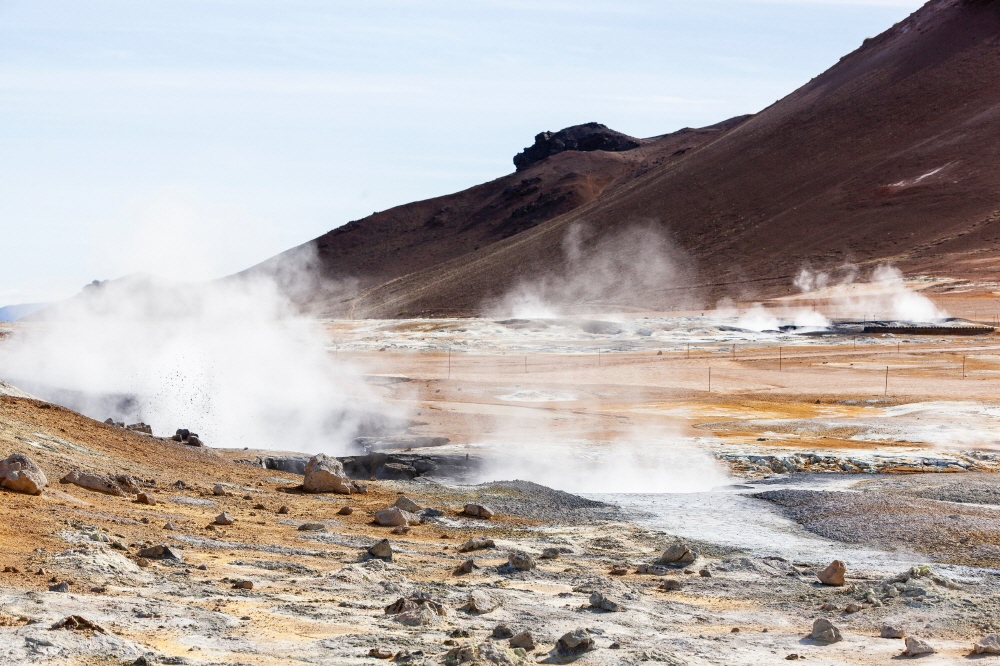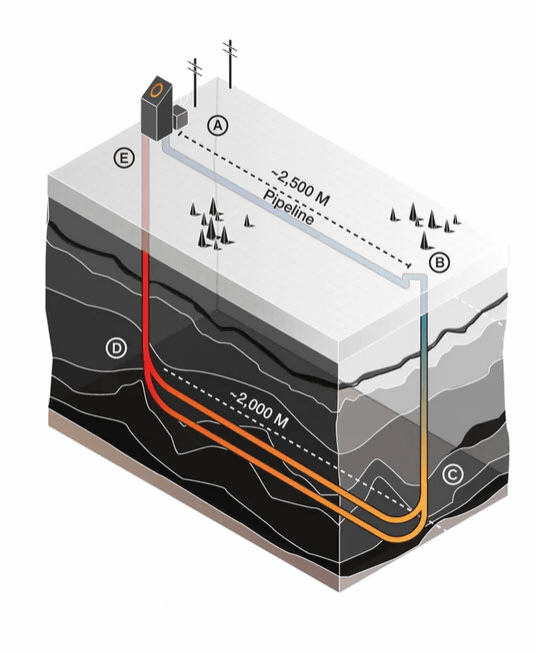
It is one of the fields that require research and development of renewable energy such as solar power or wind power as a method to obtain energy necessary for human society while protecting the global environment. How is the development of a system that obtains geothermal energy, which is expected as a large energy source among new and renewable energy, evolving?
Geothermal energy is energy that can be obtained by utilizing the heat generated by magma at a temperature of 5,000 degrees or more, which is deeper than 5,000 km of Earth. Geothermal energy is a type of renewable energy, and AltaRock Energy, a geothermal energy development promotion project conducted by the U.S. Advanced Research Projects Agency, is 0.1% of the Earth’s energy, which is the total energy required for 2 million years. It is assumed that it can be supplied.
Geothermal energy has been used by humans for a long time. Even before the advent of geothermal power generation, hot water around 100 degrees Celsius, heated by geothermal heat, was used for cooking and heating energy. It was possible to make electricity from technological advances and geothermal energy, but converting it into electricity requires the amount of heat from high-temperature water vapor. Existing geothermal power plants have been generating power by separating water from high-temperature steam generated by geothermal heat and using steam to move turbines.
However, it is pointed out that there are several problems with the existing geothermal power generation. The same is true for regions that are rich in hot steam. Regions such as Iceland and California are rich in geothermal heat, but most of them are regions where heat sources that can be used for energy are deep underground or where it is difficult to extract heat from underground due to geological influences.
It is pointed out that, at least with existing technologies, most of the regions that excel in geothermal energy have been dug up and exhausted. In the case of power generation that relies on resources such as steam, standardization and scalability are also difficult. Therefore, it is pointed out that the development of geothermal energy has lagged behind other renewable energy fields.
It is for this reason that the development of geothermal energy utilization methods that are different from existing power generation methods are being developed. For example, in areas where it is difficult to obtain geothermal heat, a geothermal power generation system called EGS (Enhanced Geothermal System) is attracting attention. EGS is a method to obtain steam or hot water from the water sent by excavating the part where there is a high-temperature pressing body underground by hydraulic pressure and creating a space. It is expected that there is a possibility of obtaining 15 million TW of energy in the United States using EGS.
The U.S. Department of Energy estimates that the energy available from EGS is theoretically sufficient to warm all U.S. homes and commercial establishments for at least 8,500 years, compared to the 1,754 TW annual U.S. energy consumption required for residential and commercial facilities.

Another advanced geothermal power generation system is a system called Eavor-Loop, which is being planned by Canadian technology company Eavor. Enver-Loop is a system that absorbs as much geothermal heat as possible by increasing the surface area by connecting two vertical pipes buried 2.5 km away with a horizontal pipe arranged horizontally.
Inside the envelope-loop pipe, the pipe has one loop, and it circulates water using the property that the lower temperature tends to enter the bottom. Because the cold water goes down and the hot water rises, the water can be circulated naturally without the need for a pump. Currently, the Enver-Loop is said to be able to obtain heat around 150 degrees.
The Ever-Lite project, which developed the Ever-Loop, is also underway. The Enver-Lite has a shape similar to that of an Enver-Loop pipe folded in half, and the horizontal pipe is stretched in all directions to further increase the surface area. Enver-Light is planned to be installed in 3 to 4 locations in Canada, and installations are planned in Germany and France after 2021.
The clean energy industry continues to grow, and geothermal power generation may be more active than ever in the decade after 2020. A global vision of providing fully renewable electricity could drive the expansion of geothermal power. Related information can be found here.


